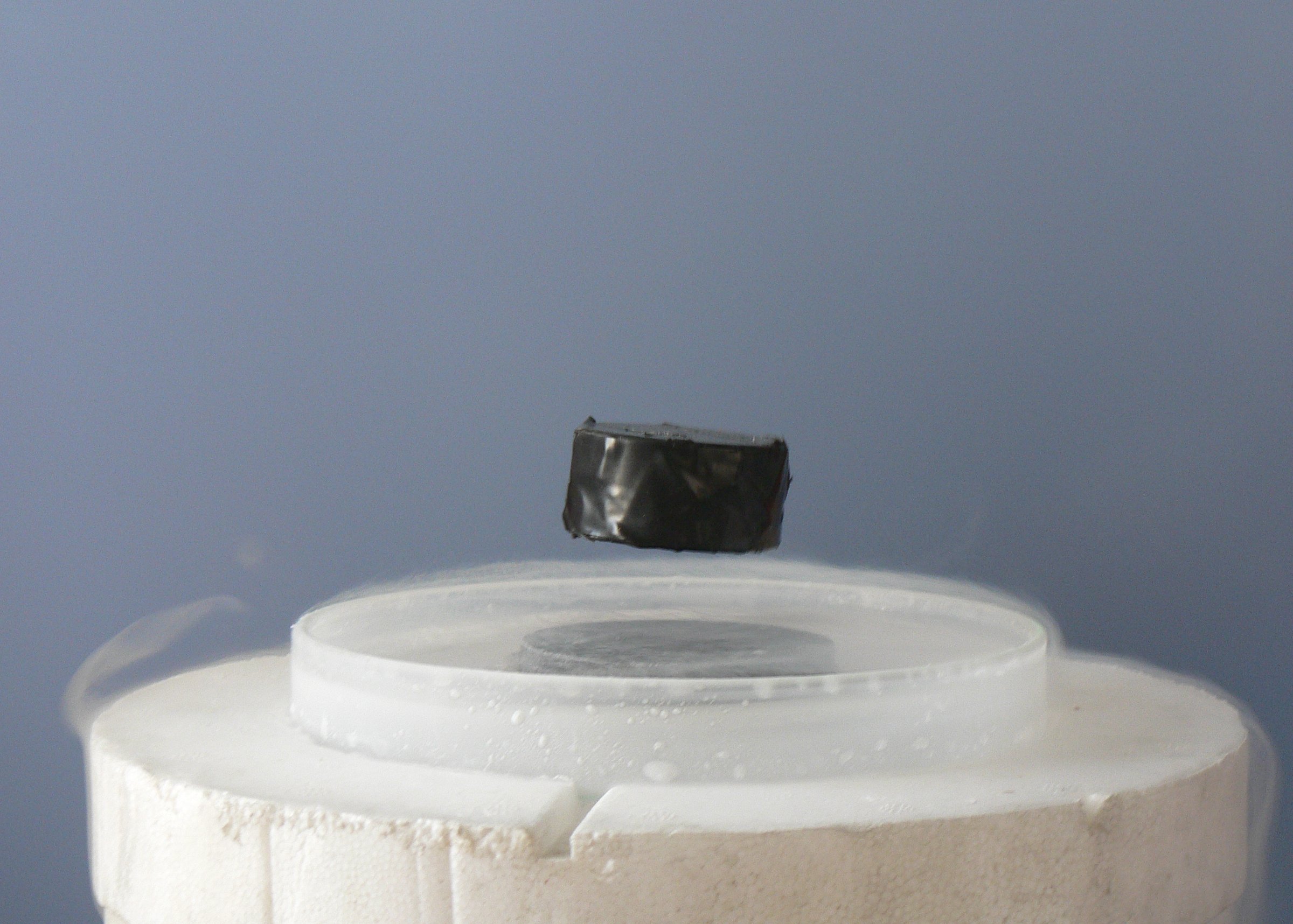Practical applications of Superconductors
- Introduction to Superconductors
- Different Types of Superconductors
- Quantum Mechanics
- Synthesis and Fabrication of Superconductors
- Superconductors and Electronics
- Superconductivity and Energy
- Innovation and the Future of Superconductors
- Reflection and Discussion
Innovation and the Future of Superconductors
Trends in Superconductor Research

Electrical conductivity with exactly zero resistance.
Superconductivity, a phenomenon of exactly zero electrical resistance and expulsion of magnetic fields, has been a subject of intense research since its discovery in 1911. The field has seen significant advancements and trends that are shaping the future of superconductors. This article aims to provide an overview of these current trends and their impact on the future of superconductors.
Current Trends in Superconductor Research
One of the most significant trends in superconductor research is the pursuit of high-temperature superconductors (HTS). Traditional superconductors require extremely low temperatures to function, which limits their practical applications. However, recent research has focused on developing materials that can exhibit superconductivity at higher temperatures, potentially making them more practical for everyday use.
Another trend is the exploration of unconventional superconductors. These are materials that do not fit into the traditional BCS theory of superconductivity. The study of these materials could lead to a better understanding of the phenomenon of superconductivity and potentially open up new avenues for its application.
Impact of Trends on the Future of Superconductors
The development of high-temperature superconductors could revolutionize many industries. For instance, in the energy sector, HTS could lead to more efficient power transmission and storage, reducing energy loss and contributing to a more sustainable future.
Unconventional superconductors, on the other hand, could lead to new technological applications. For example, they could be used in quantum computing, a field that promises to revolutionize computing by performing complex calculations much faster than traditional computers.
Role of Technology in Shaping Trends
Advancements in technology have played a crucial role in shaping these trends. For instance, improvements in material science techniques have allowed researchers to synthesize new materials and study their properties. Similarly, advancements in computational capabilities have enabled researchers to model and predict the behavior of potential superconducting materials.
Influential Research Papers
Several research papers have significantly influenced these trends. For instance, the discovery of iron-based superconductors, as reported in the paper "Superconductivity at 43 K in SmFeAsO1-xFx" published in Nature in 2008, has opened up a new class of high-temperature superconductors. Similarly, the paper "Evidence for Superconductivity in Li-decorated Graphene" published in Advanced Materials in 2015, has sparked interest in the potential of graphene as a superconductor.
In conclusion, the field of superconductor research is dynamic and rapidly evolving, with new trends continually emerging. These trends, driven by advancements in technology and innovative research, hold the promise of revolutionizing the future of superconductors and their applications.